Description
Non-Ferric Aluminium Sulfate, commonly referred to as non-ferric alum, is a chemical compound with the formula Al₂(SO₄)₃. This compound is a white, crystalline powder and is widely used in various industrial applications due to its versatile properties. Unlike its ferric counterpart, non-ferric aluminium sulfate does not contain iron, making it suitable for specific applications that require high purity and optimal efficiency. This article explores the characteristics, uses, and benefits of non-ferric aluminium sulfate powder.
Chemical Properties
Non-ferric aluminium sulfate is an inorganic salt formed by the reaction of aluminium hydroxide with sulfuric acid. As a coagulant, it effectively removes impurities from water, making it invaluable in water treatment processes.
Key Properties:
Appearance: White powdered crystals.
Solubility: Highly soluble in water, with a typical solubility of around 15% at room temperature.
pH: When dissolved in water, it produces a mildly acidic solution.
Manufacturing Process
The production of non-ferric aluminium sulfate powder typically involves the following process:
Raw Material Preparation: Pure aluminium hydroxide and concentrated sulfuric acid are combined.
Reaction: The two compounds are mixed under controlled conditions to ensure the formation of aluminium sulfate.
Crystallization: The solution is cooled and allowed to crystallize, forming solid non-ferric aluminium sulfate.
Drying and Milling: The crystals are dried to remove moisture and then milled into a fine powder.
Applications
1. Water Treatment
One of the primary applications of non-ferric aluminium sulfate powder is in the water treatment industry. It acts as a coagulant to aid in:
Removing Suspended Solids: By promoting the clumping together of tiny particles, it helps in the efficient removal of turbid contaminants.
Clarifying Drinking Water: Non-ferric alum is effective in filtration processes to produce safe and clear drinking water.
2. Papermaking
In the papermaking industry, non-ferric aluminium sulfate serves as a sizing agent. It helps in the retention of fillers and improves the paper’s strength and printability by enhancing its internal cohesion.
3. Textile Industry
The textile sector uses non-ferric aluminium sulfate for dyeing processes, particularly for mordanting, which enhances color stability. Its application also aids in the treatment of textiles, making them more water-resistant and durable.
4. Cosmetic Products
Due to its astringent properties, non-ferric aluminium sulfate is used in the formulation of various cosmetic products, including deodorants and aftershaves. It helps in controlling perspiration and providing a smooth application.
5. Food Industry
Non-ferric aluminium sulfate is permitted as an additive in several food processes, primarily as a firming agent in pickling and a clarifying agent in beverages.
Advantages of Non-Ferric Aluminium Sulfate
Safety: Non-ferric aluminium sulfate is considered safer than its ferric counterpart and is less likely to impart color or undesirable taste in water treatment.
Effectiveness: Highly effective in clarifying water and improving the quality of solid products in various industries.
Cost-Effective: Its widespread availability and effectiveness in low concentrations make it a cost-efficient solution for many industrial applications.
Conclusion
Non-Ferric Aluminium Sulfate Powder is a vital chemical in various industries including water treatment, papermaking, textiles, cosmetics, and food production. Its unique properties, particularly its efficiency as a coagulant, make it an invaluable asset for maintaining and improving product quality. As industries continue to pursue sustainability and efficiency, the demand for high-quality compounds like non-ferric aluminium sulfate is expected to grow, underscoring the importance of this remarkable chemical compound in modern applications.




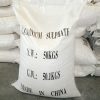
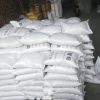
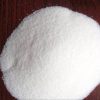
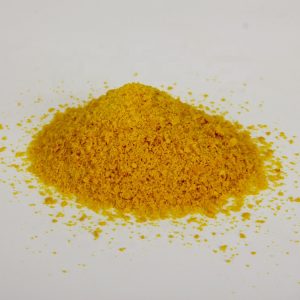
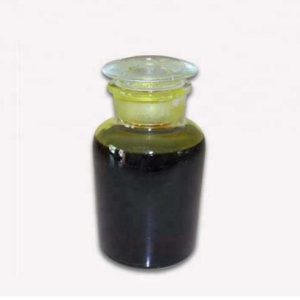
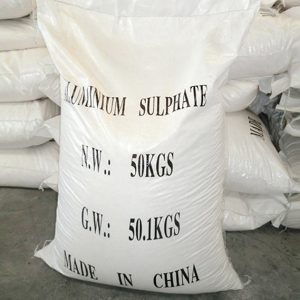
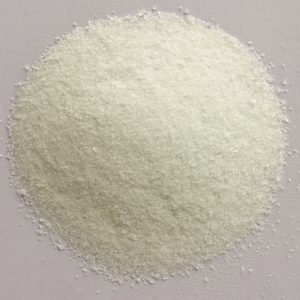

Reviews
There are no reviews yet.